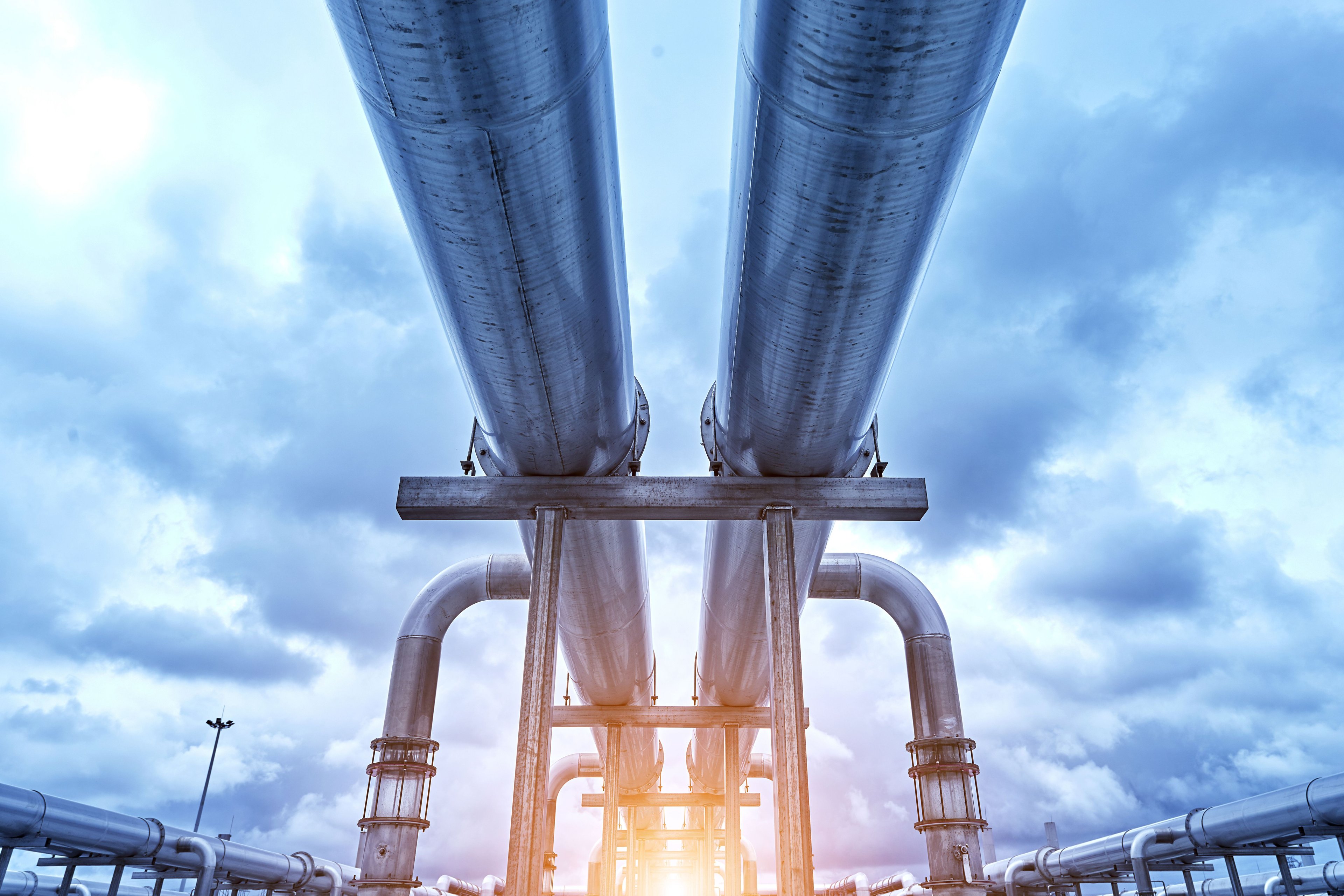Every investor can appreciate a stock that consistently beats the Street without getting ahead of its fundamentals and risking a meltdown. The best stocks offer sustainable market-beating gains, with improving financial metrics that support strong price growth. Let's look at what Clean Energy Fuels' (CLNE 2.55%) recent results tell us about its potential for future gains.
What the numbers tell you
The graphs you're about to see tell Clean Energy's story, and we'll be grading the quality of that story in several ways.
Growth is important on both top and bottom lines, and an improving profit margin is a great sign that a company's become more efficient over time. Since profits may not always be reported at a steady rate, we'll also look at how much Clean Energy's free cash flow has grown in comparison with its net income.
A company that generates more earnings per share over time, regardless of the number of shares outstanding, is heading in the right direction. If Clean Energy's share price has kept pace with its earnings growth, that's another good sign that its stock can move higher.
Is Clean Energy managing its resources well? A company's return on equity should be improving, and its debt-to-equity ratio declining, if it's to earn our approval.
By the numbers
Now, let's take a look at Clean Energy's key statistics:
CLNE Total Return Price data by YCharts.
|
Passing Criteria |
3-Year* Change |
Grade |
|---|---|---|
|
Revenue growth > 30% |
173.1% |
Pass |
|
Improving profit margin |
69.8% |
Pass |
|
Free cash flow growth > Net income growth |
(374.6%) vs. (46.1%) |
Fail |
|
Improving EPS |
9.2% |
Pass |
|
Stock growth (+ 15%) < EPS growth |
(4.7%) vs. 9.2% |
Pass |
Source: YCharts.
*Period begins at end of Q3 2009.
CLNE Return on Equity data by YCharts.
|
Passing Criteria |
3-Year* Change |
Grade |
|---|---|---|
|
Improving return on equity |
31.5% |
Pass |
|
Declining debt to equity |
521.1% |
Fail |
Source: YCharts.
*Period begins at end of Q3 2009.
How we got here and where we're going
Despite persistent unprofitability, Clean Energy appears to be moving in the right direction, as it's picked up five out of seven passing grades thanks to a recent uptick on bottom-line metrics, except for raw net income. However, a steep decline in free cash flow, from leaking to hemorrhaging, is worth keeping an eye on, as Clean Energy has been forced to take on a much larger debt load to pay for it. However, if natural gas fueling reaches an adoption tipping point, concerns over debt and expenses would be rendered moot -- or so the theory goes, at least.
I recently examined Westport Innovations (WPRT 3.75%) using this same grading system, and it's interesting to note that Clean Energy turns in a much better performance, despite Westport's status as the "golden child" of natural-gas transportation. Is Clean Energy really better positioned in the push for a nat-gas vehicle infrastructure? I have argued before that Clean Energy and Westport are locked in a chicken-or-the-egg conundrum, in which the fueling infrastructure is necessary to speed nat-gas engine adoption, but without nat-gas engine adoption, there can be no demand for a fueling infrastructure.
My fellow Fool Sean Williams doesn't see the value in Clean Energy's particular business model, noting the same chicken-or-egg problem that's preventing automakers from going all in on nat-gas technology. While Sean focuses on consumer automakers like Ford and General Motors, which both have contracted with Westport to produce nat-gas vehicles, a more immediate source of Clean Energy's growth is certain to be trucking and other heavy-duty transportation vehicles. Clean Energy and Navistar International (NAV +0.00%) formed a partnership last year to promote nat-gas trucking using Westport and Cummins' (CMI 0.02%) engines. It's going to take aggressive action by all four parties to speed the adoption of nat-gas fleets, and thus far Navistar has fallen behind, as its promised nat-gas-engined truck has not yet come to market.
Clean Energy already has two significant customers -- Waste Management (WM +0.10%) and Republic Services (RSG +0.66%), the two largest American trash haulers -- combining for nearly 3,000 nat-gas vehicles between them. In spite of those key deals, or perhaps because of them, Clean Energy continues to bleed cash as it builds out its infrastructure. At some point, this buildout may taper off and result in rising profitability for Clean Energy, but there is no indication of when this might occur. At the very least, it will be several years away -- consider how many gas stations you pass by on your daily commute.
Putting the pieces together
Today, Clean Energy has some of the qualities that make up a great stock, but no stock is truly perfect. Digging deeper can help you uncover the answers you need to make a great buy -- or to stay away from a stock that's going nowhere.







